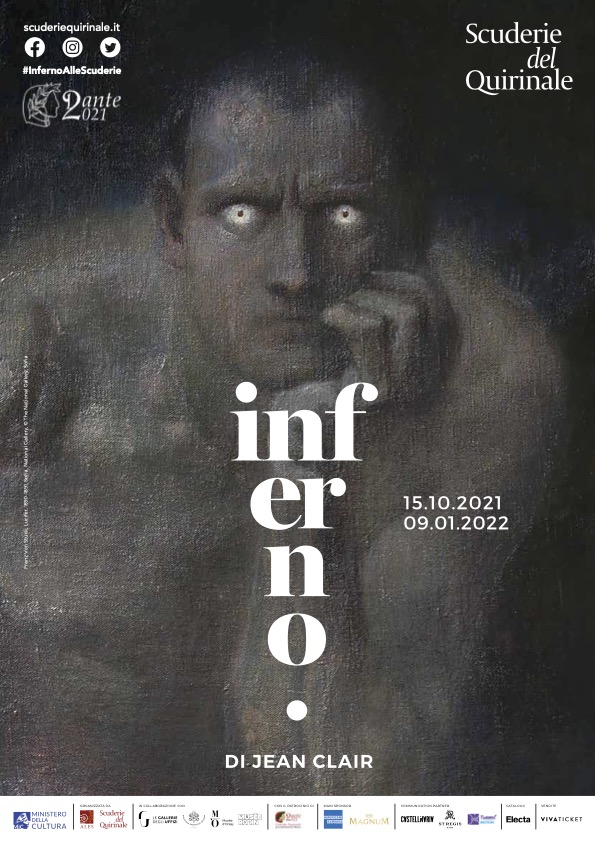Paolo and Francesca
One of the most celebrated episodes in The Divine Comedy is the fifth canto of the Inferno narrating the tragic love affair between Francesca da Rimini and Paolo Malatesta. After meeting Minos, judge and guardian of the kingdom of the dead, Dante and Virgil enter the second circle where they are buffeted by a storm in which the souls of the lustful are swept away by violent winds. Dante’s attention is drawn by an unhappy couple clinging to each other that inspires him to embark upon a profound reflection about passionate love conquering reason with tragic results, expressed in his iconic line, “Love, that releases no beloved from loving”. Overcome by passion while reading about the love story between Lancelot and Guinevere, Francesca and Paolo, who was her brother-in-law, were killed by her husband Gianciotto. Although the two lovers were being punished in Hell, Dante cannot bring himself to condemn them, feeling an empathy so strong that it causes him to faint.
In art history, the dramatic story narrated by the poet will reveal changing attitudes to the concept of passionate love. Indeed, the tale of Paolo and Francesca only became popular in the nineteenth century, when it was depicted in countless paintings, thanks also to a renewed interest in Dante and to the birth of the Romantic movement. In the early twentieth century, Gradara Castle in the Marches, traditionally held to be the scene of Paolo and Francesca’s murder, was staged using a historicistic approach to evoke the story of the two lovers.
The works on display in this section illustrate the iconographic success of Dante’s canto interpreted in a theatrical manner conveying veiled eroticism, with the dramatically lit naked bodies of the embracing lovers contrasting with the figures of Dante and Virgil in the gloomy shadows.



